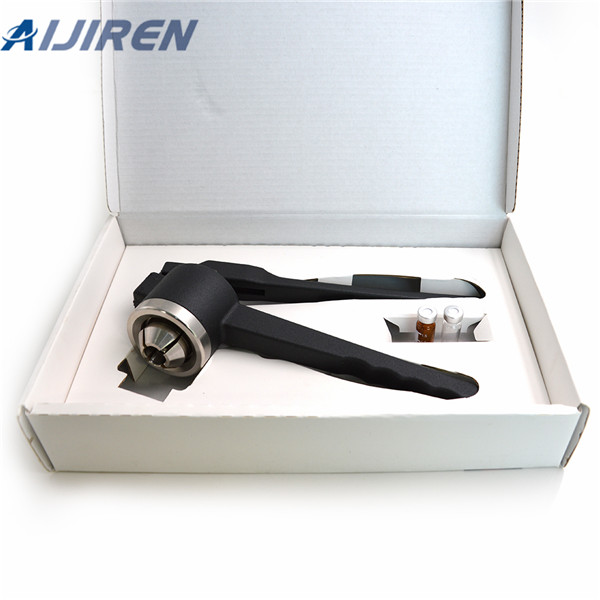
With over 3000 containers and closures available, our range of premium lab bottles reflects the diverse needs of our customers. We strive to innovate to support life sciences advances, starting with the development of borosilicate glass nearly 100 years ago to our more recent glass lab bottle designs like YOUtility® and DURAN® TILT.
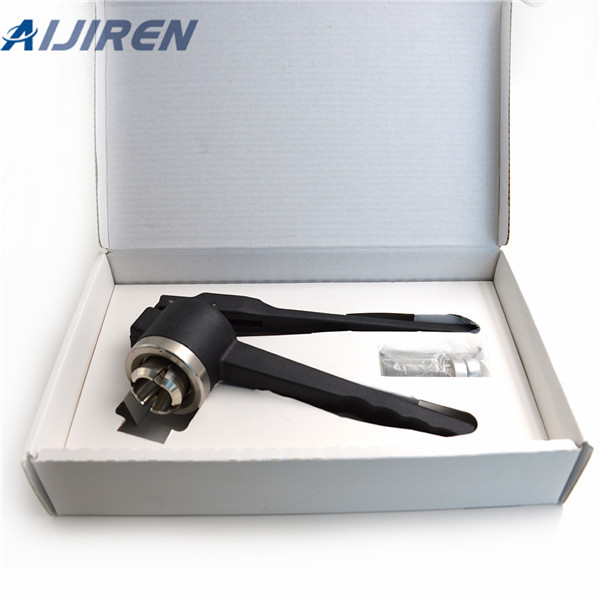
Number of Plates in Sample Organizer 21 10 10 7 10 21 Shape round round round square square square Bottom round conical conical conical conical conical Material PP PP PP PP PP PP Height of Plate 14 mm 31 mm 31 mm 42.5 mm 22 mm 15.5 mm Well Depth 11.25 mm 27 mm 27 mm 39 mm 19.5 mm 12.3 mm
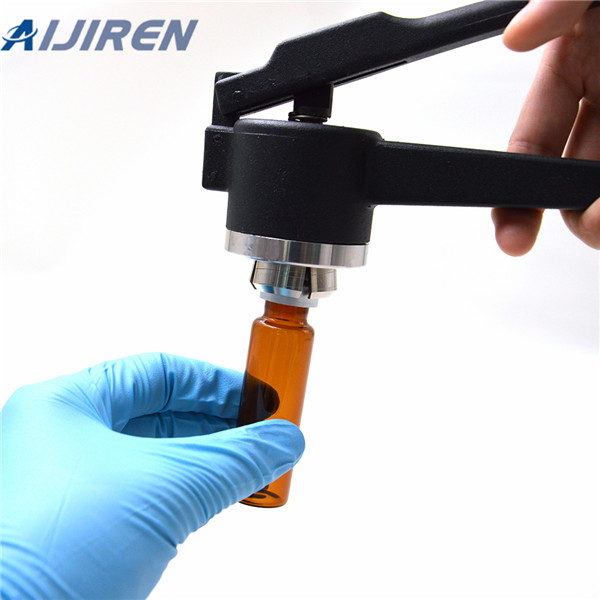
Our chromatography and autosampler vials come in versatile designs for superb performance. The variety of styles and septa materials are available to match your equipment and applications. Headspace vials have round shoulders and bottoms to allow for even heating. We also offer vials to fit instruments that use 1- and 4- mL vials. APPLY FILTERS.

GC Sample Prep n-Heptane (ACS grade, 1.8 mL) was placed in a GC vial and the clean, dry alkene product (1 drop) was added. This sample, along with the vial of product, was given to the lab instructional technician to perform the GC analysis. How To Label the GC Vial Lab station number → SB Lab Section Code (A or B) Alkenes 15, 23 Brief lab
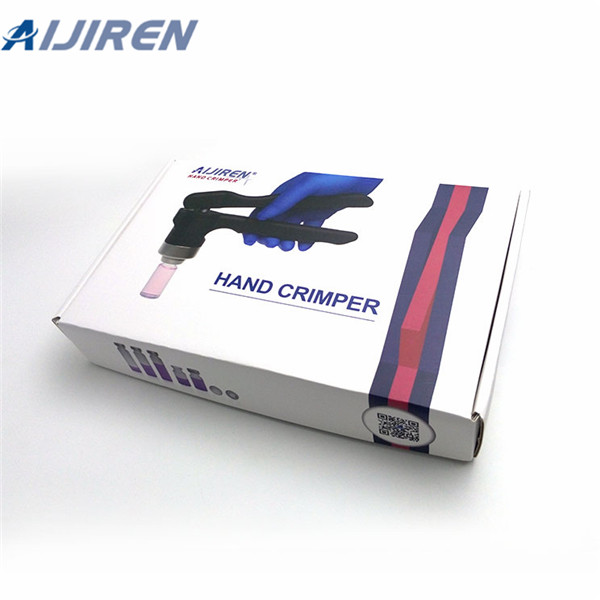
Kinesis Round-Bottom Test Tubes without Caps. $511.00 - $866.00USD / Pkg of 1000. View All 3. View Items to Compare. Kinesis Rimless Test Tube, 10 x 75mm, glass; 1000/pk. EW-98700-04. $79.00 USD / Pkg of 1000.

Whether you're in need of a flat-bottom boiling flask or Graham condenser for your distillation apparatus, a set of glass volumetric flasks to complete your lab set-up, a round-bottom flask that can withstand high temperatures, or something else, you are sure to find the chemistry glassware or plasticware you need.
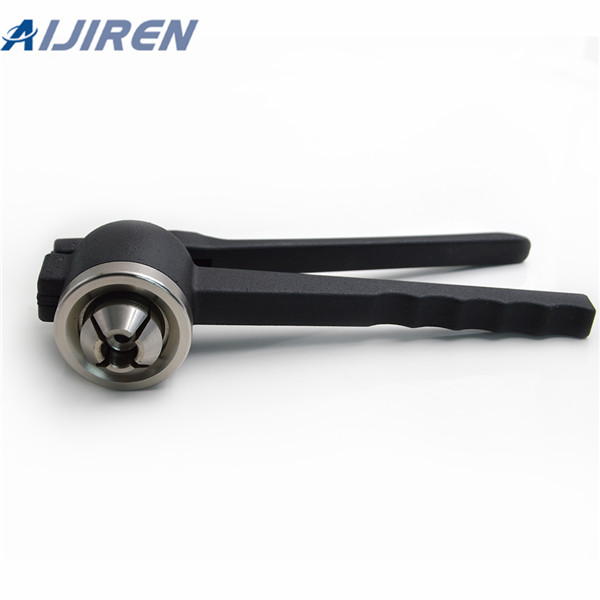
The QSertVial™ microsampling device contains a fused, 300 μL glass insert and is compatible with most autosamplers. Our certified center drain (CD) vials and kits feature a unique conical interior bottom ideal for micro applications. Certified Supelco ® vials, caps, and septa ensure minimal contamination and an air-tight seal.

Falcon™ Round-Bottom Polypropylene Test Tubes With Cap. Manufactured from polypropylene for excellent chemical and thermal resistance. Corning™ Falcon™Round-Bottom Polypropylene Tubes are tested to withstand 3000 x g centrifugation. Brand: Falcon™ 352063.
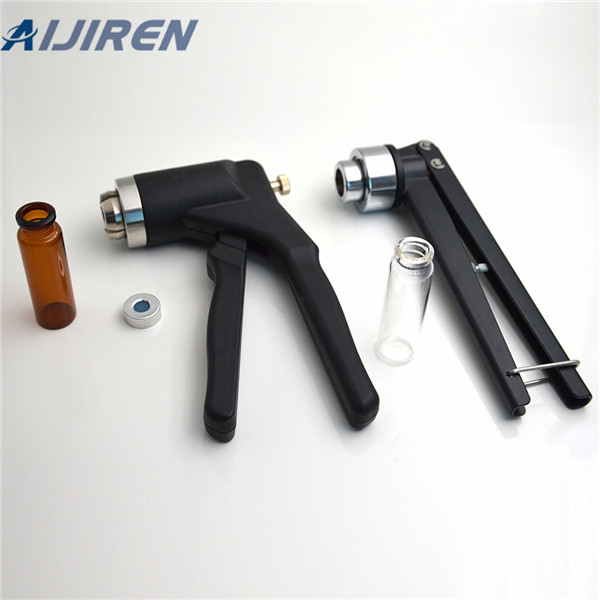
standard for chromatography vials. • Full chemical test by HPL and G. ... 60-113206 300µL rimp Top Micro-Vial, lear Glass, round bottom 5.5 x 31.5 100
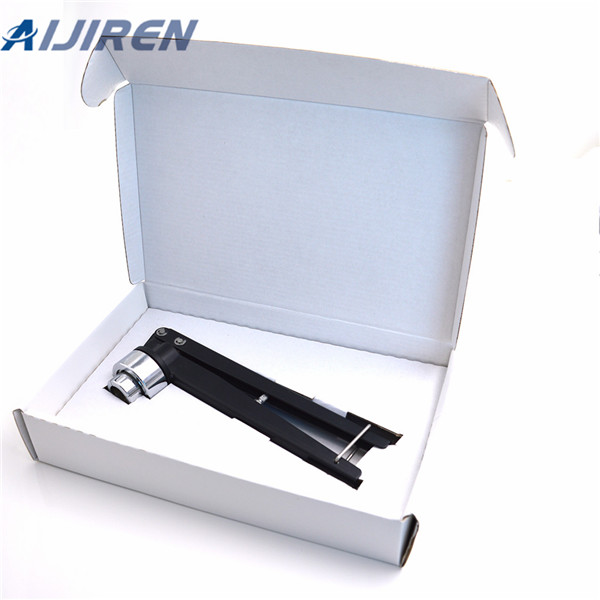
Jointed Laboratory Glassware. Glassware is a fundamental product type that can be found in nearly any laboratory. Jointed glassware, in particular, is crucial to conducting proper operations on larger systems and equipment. Whether you are searching for glassware to suit your filtration needs, extraction procedures, rotary evaporation
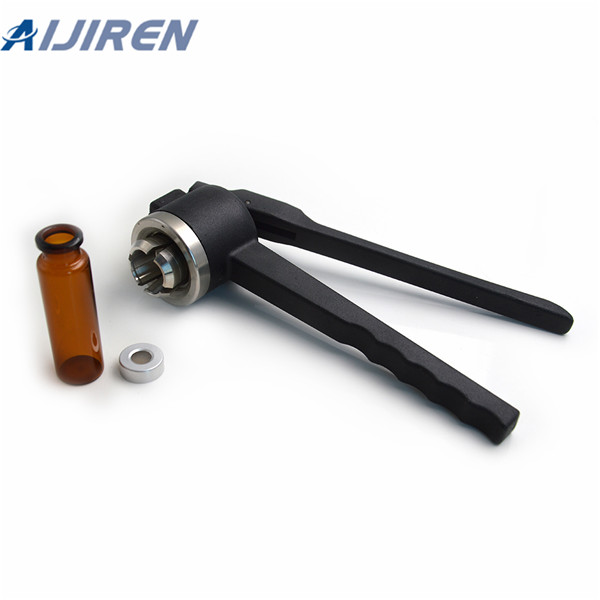
89001-450 89001-448 89001-452. KIMAX® Test Tubes, Plain, Kimble Chase. Tubes Culture Tubes. KIMAX-51® tubes are constructed from N-51A borosilicate glass tubing and feature a round bottom, sturdy lip, and uniform wall thickness for maximum heat transfer and chemical resistance. Tubes are supplied without a marking spot or cap.
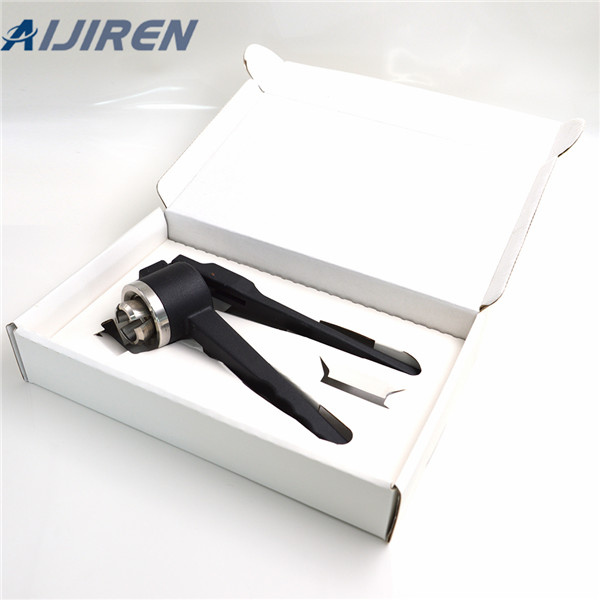
We Believe You Are Important, How Can We Help? Log In or Create a Profile. We Believe You Are Important, How Can We Help
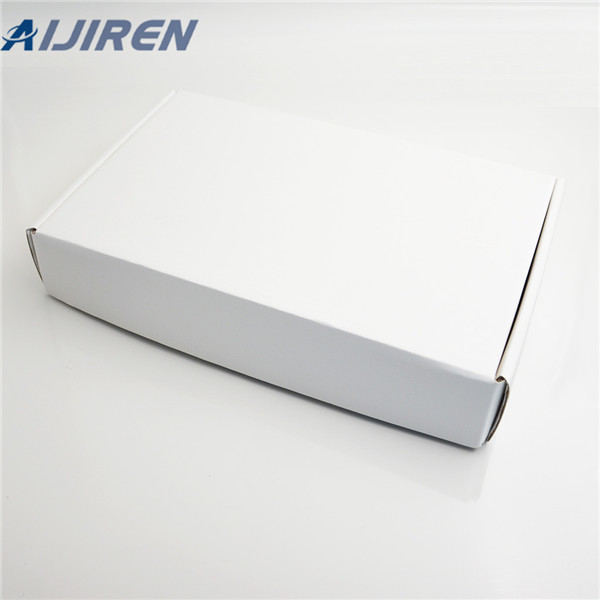
A chemical blood test is simply a process by which a sample of blood is drawn into a sanitized blood vial by a trained phlebotomist, nurse, doctor or paramedic. The blood sample is then placed into an evidence refrigerator until it arrives at a forensic laboratory for analysis. Once the analysis is complete, the blood analyst must prepare a

Falcon™ Round-Bottom Polypropylene Test Tubes With Cap. Manufactured from polypropylene for excellent chemical and thermal resistance. Corning™ Falcon™Round-Bottom Polypropylene Tubes are tested to withstand 3000 x g centrifugation. $266.50 - $380.50.
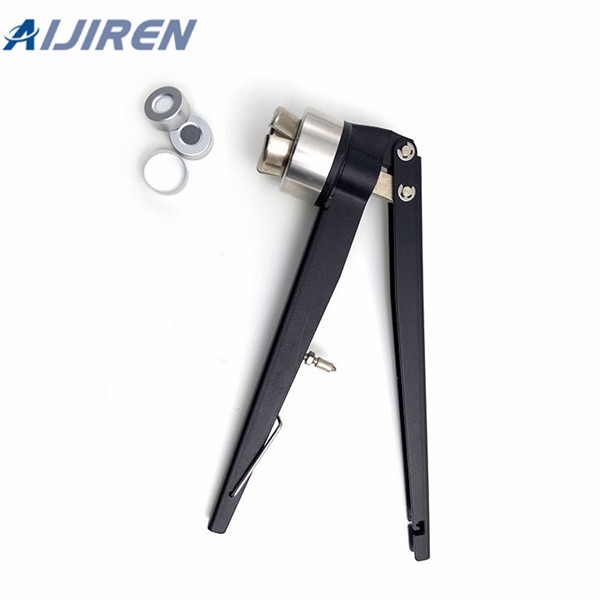
All the neat liquid was poured into a 100 mL round bottom flask and the thermometer bulb was placed below the exit in order to accurately measure the boiling point. As the temperature increased to its constant boiling point, the first few drops of distillation into the vial signified the boiling point of the unknown neat liquid.